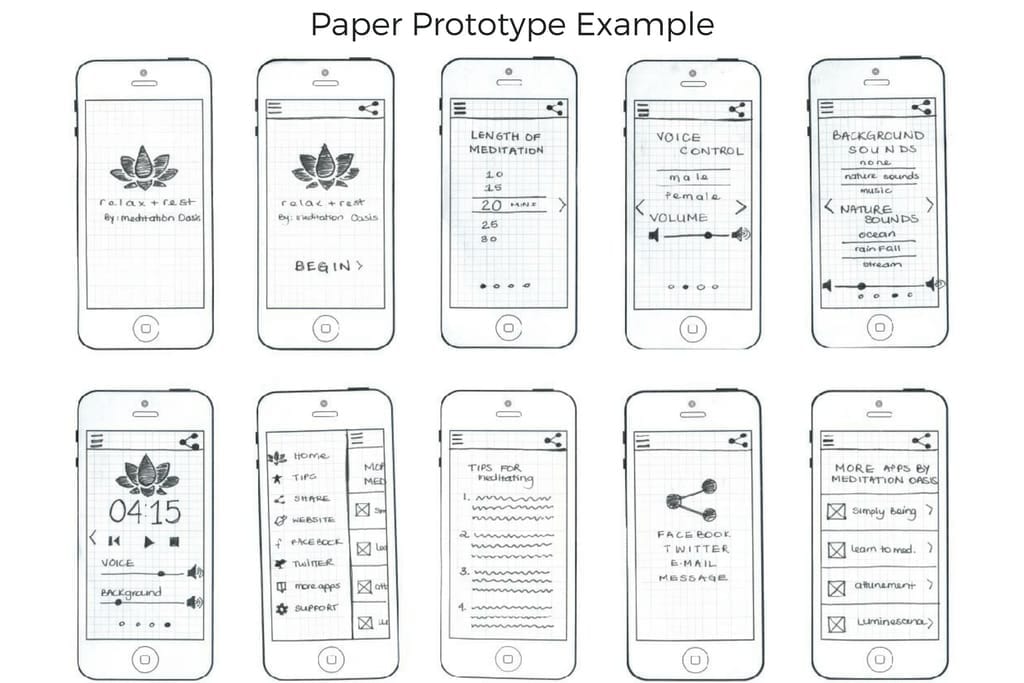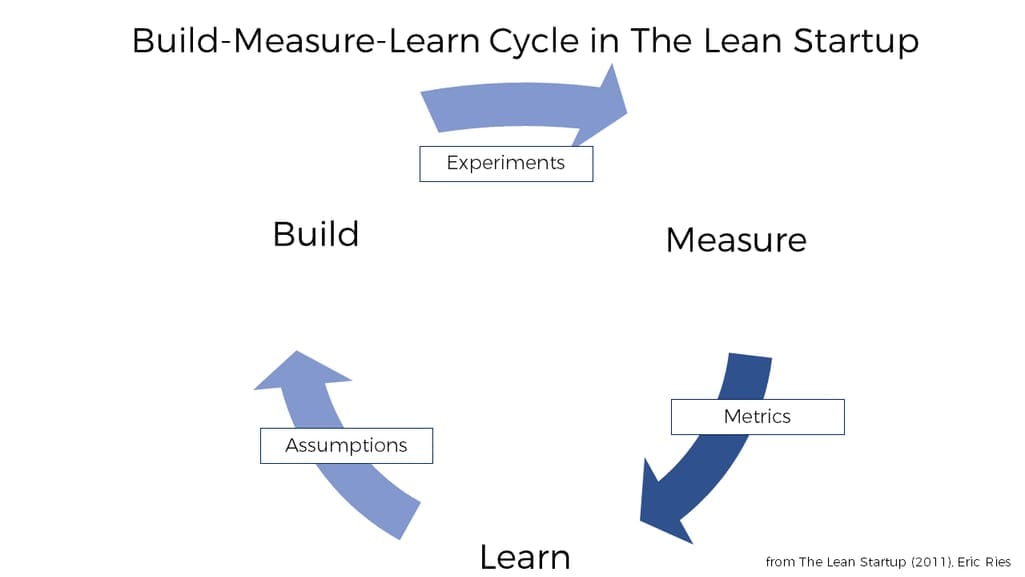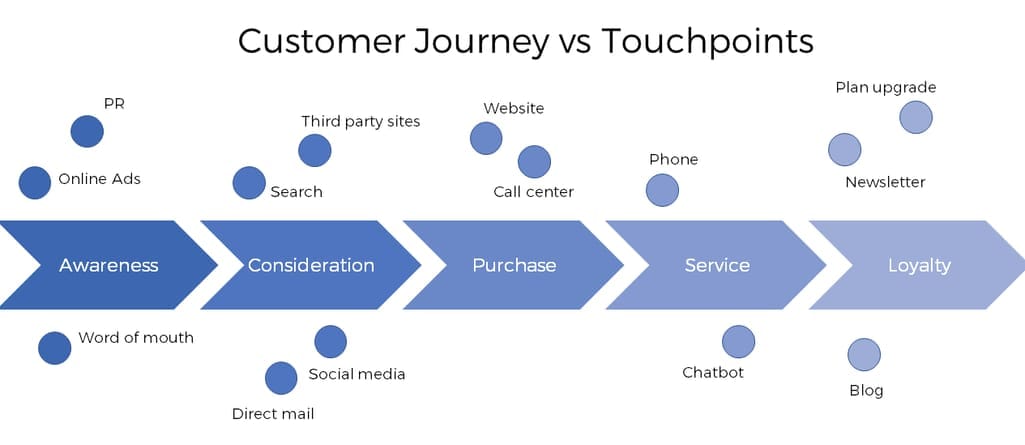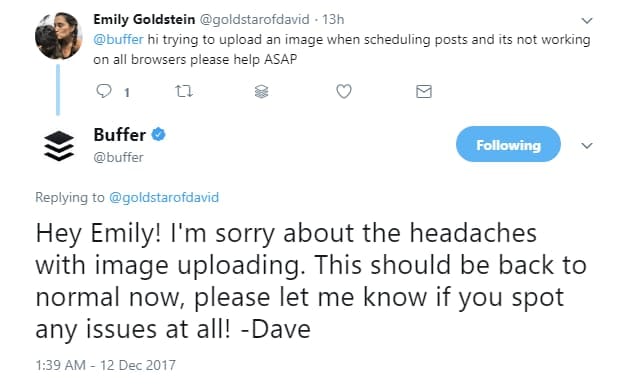How many times have you seen news about a new, cutting-edge startup before finding out a few months later that it's dead? The remains of their websites are filled with goodbye messages, also known as “post-mortems,” where leaders share their regrets and reasons for failure, making sure to inform customers that they will be receiving refunds soon.
The main reason startups fail is the lack of market demand. Remember those overpriced juicing machines that created a backlash after the users realized you could squeeze their custom juice packs by hand? A similar fate awaited the creators of the infamous Bodega vending machine, who insensitively considered brick-and-mortar bodegas an inconvenience rather than the livelihood of numerous small business owners.
But we won’t talk about conducting initial market analysis and exploring customer needs here, even though these factors are vital for a startup’s survival and success. Today we focus on the engineering side of the problem. Let’s also skip the stage where you shape your innovative idea and define your business model. Let's dive directly into the technicalities of creating a startup that will stay afloat through the anticipated challenges.
Prototype at early stages
You may be thinking that creating a working prototype is not the action that starts your business. Instead you may want to acquire some capital before plunging into app development. That’s probably because you have an inaccurate understanding of what a prototype is supposed to be.
A prototype is a simple interface that allows your audience to interact with a product visually. Prototypes don’t need to perform any functions. They are flexible and easy to create, especially with the help of already existing tools such as UXPin, Axure, or many others.
Paper prototype for a relaxation app Source
Having a prototype at the earliest stages is helpful for multiple reasons:
- Prototype as a presentation for investors
If you have an innovative idea for an app, it’s easier to show investors how exactly it will work instead of trying to explain everything using words only. Often, you won’t need to impress them with quality design and animations, especially if you’re showing it to your 3Fs: Friends, Family, and Fools - the initial supporters of your new idea. Instead of looking like just a person with an idea, you can present a plan and a working process that’s easy to adjust. If you decide to create a high-fidelity interactive prototype, you can use special software and hand investors an iPhone to show a fully interactive screen without doing any coding.
- Going through research and exploration
The hardest stage of creating a helpful prototype is not the technical part, but the ideation. If you’re not a tech-savvy person familiar with the ins and outs of the app development, you may have a problem designing wireframes that actually make sense. Prototyping will help you learn what types of screens, actions, and alerts your product needs and will allow you to bring your idea into a physical form.
- Gathering the opinions of potential users
Regardless of how well you researched the market and how detailed your buyer persona is, the best way to learn about your customers’ interests is to directly demonstrate how the product will help them. By gathering the immediate feedback before the programming stage, you significantly cut the time spent developing unnecessary features. This, of course, doesn’t spare you from testing and UX evaluation of an actual working product.
- Simplifying development
A prototype is the first version of a product, a sketch of your vision. Twenty-nine percent of startups fail because they run out of cash. One of the ways to prevent this is to be prepared for when you do start spending money. Your prototype will pave the way for your MVP - minimum viable product - that version of your idea that holds only the vital features to be verified by customers and investors. (Check out our informative article on creating an MVP.) Such a step-by-step approach to figuring out the basics of a product will help you stay focused on your initial goals and communicate your ideas to your team more clearly.
Adopt the Lean Startup methodology
The startup building process has no framework that will work in each case, so you’ll have to adopt iterative approaches. To enhance your startup's survival prospect enabling you to apply gained insight to quickly improve, use the Lean startup methodology.
In the Lean Startup world, you work by the build-measure-learn approach - a way to effectively leverage your resources and make use of feedback. Rather than trusting assumptions, you build an MVP and learn from it by gathering feedback and measuring KPIs. The cycle continues until you reach a total understanding with users, letting that intelligence tech you how to create a viable product.
Build-Measure-Learn cycle in the Lean Startup methodology Source: The Lean Startup (2011), Eric Ries
The Lean startup principles dictate the importance of listening to your audience, actively learning, and making your development cycles fast. Here, you don’t aspire to build a perfect product and don’t write clunky business plans. Instead you use key performance indicators (KPIs) and adopt a continuous deployment approach.
In his book The Lean Startup, Eric Ries defines four principles of creating and managing a Lean startup:
- Eliminate uncertainty. In the highly uncertain startup environment, the Lean approach allows you to create assumptions about the real world, stay flexible, and use tools such as the Business Model Canvas for continuously testing you vision.
- Work smarter not harder. Don't ask yourself how can we build this product? Question whether you should build this product at all. And if you do build it, how to make it sustainable. Don’t spend months perfecting the product before showing it to a potential audience and find out that they weren’t interested in the first place.
- Develop an MVP. An MVP is a core component of the build-measure-learn cycle. Your MVP is the spark that starts your engine and allows you to begin measuring and learning.
- Validated learning. To demonstrate the progress of your startup, work on the things your customers need. Adapt your plan step-by-step and be ready to change direction if the feedback tells you to.
The one step you can’t miss is a team. To successfully create and run a Lean startup, you must establish non-siloed relationships in your business where all members are data-oriented, cooperative, and cross-functional.
Outsource technical staff
Did you know that at the dawn of their evolution, Slack, Skype, GitHub, and even Google used outsourced development? Having developers in-house is a big advantage, but not everyone can afford to hire senior programming staff at the early stages of the business. Let’s talk about the benefits of using outsourced technical staff:
Why companies outsource Source: Deloitte’s 2016 Global Outsourcing Survey
Keeping costs low. You can save up to 60 percent in operational costs with outsourcing. As you may know, a salary is only about a third of an employee’s compensation. The rest goes to taxes, vacations, retirement plans, etc. With offshore staff, you’ll be able to find skilled programmers for a lower price. While you’ll have to pay for Total Cost of Engagement including travel expenses, any communication problems, or additional management on top, you’ll still spend about two times less than at home, given that you reside in North America or Western Europe.
Finding expertise. You can widen your talent pool and find the experts in your specific field easier than by sticking to local vendors only.
Focusing on the growth. Launching a startup requires lots of dedicated time and energy to make important decisions, innovate, and generally do what your team does best. By outsourcing you get an opportunity to figure out how to make your business better and entrust technicalities to someone else.
However, to make sure that your outsourcing activities bring you the desired value, you should know how to choose and manage your partner.
- Define outsourcing goals and metrics. Clarify what expectations you have for a vendor, which tasks you want to assign to an outsourced team, and how you’re going to control the work. An experienced partner will gladly discuss with you every detail and suggest the best framework for successful cooperation.
- Make the right choice. Word of mouth is the best recommendation you can get for choosing a business partner. See what clients like you say about the company in question and find feedback at B2B rating websites such as Clutch.co.
- Have someone to internally manage outsourced relationships. Outsourced or not, the technical part of your initiative is a big one and requires management from your side. Someone has to conduct scheduled weekly meetings to verify the work done, answer the team’s questions, and provide instructions.
Start with scale in mind
The Social Radio, an app allowing you to listen to tweets, shut down due to scalability problems. In their post-mortem, the founders shared that they didn’t know how to scale the app and weren’t ready to maintain it anymore.
This is a common problem for new ideas without established use cases. Even though the people kept using the product, the team didn’t come up with a strategy to help it stay afloat.
So, how exactly do you prepare your product to scale up before you decide to do so?
- Determine scaling potential. Is there a way to broaden your audience and make your product valuable to a larger group of people in the future? What about opportunities for additional funding? Can you see where your startup will be in three years or five years? These are the basic questions you should ask yourself.
- Spend extra time setting up your business. You wouldn’t hire workers before drawing a plan of a future building. If you take care of the cloud storage and sales infrastructure from the ground up, you will be able to grow, market, and hire faster, thus streamlining the scale up. Automate your organizational and onboarding operations. Don’t try to be an expert in every field and use software to manage your financial data like the invoicing platform offered by QuickBooks.
- Grow outwards, not upwards. Expand horizontally to keep the change gradual and under control. When you see that your model works for one group of users, try to replicate the success with another group and learn to personalize service to serve them both. Instead of acquiring more customers for the sake of growth, gradually increase your staff, services, and geographic coverage.
- Subtract as necessary. Sometimes, less is more. At the early stage, your tasks and operations may still be minimal but they shouldn’t necessarily magnify with growth. New processes will replace or completely get rid of old ones, and the old ones will slow you down if you stay too focused on additions.
The key to scalability is to think big. You don’t have to consider each future expectation in your prototype, but make sure you’re ready to scale at any moment.
Prioritize customer experience
Great ideas don’t mean anything if they don’t create an amazing experience around them. An excellent experience cultivates an active and vocal audience, and sets you apart from competing businesses in the field. The experience provided by leading companies like Amazon and Google sets the customers’ expectation bar high, so other companies fail to deliver on them. Research shows that 25 percent of customers switch to a competitor after just one bad experience.
In their guide to customer experience, McKinsey highlighted three stages towards a customer-centered organization:
Observe. The customer journey is a series of touchpoints from the first time a user becomes aware of your product to onboarding and transaction. Focusing only on one of these points and failing to see the whole journey can result in satisfactory individual experience but disappointment overall. Use analytical tools and metrics to determine what truly matters to your audience and stay consistently good throughout the whole experience end to end.
Customer Journey vs Touchpoints
Shape. Returning to the Lean approach, design customer interactions according to the feedback and continue refining processes as you receive more data from the customers. The technology behind a personalized customer experience will help you automatically customize the content according to a user’s input.
Perform. Keep a user-centered approach at the foundation of your business. Use the existing customer journey to align your operational processes and empower your employees to deliver on user expectations. Link the metrics that measure customer success to your business outcomes and employee KPIs.
Regardless of your unique business goals and needs, excellent customer experience is equally important to all startups. Instead of trying to fix the customer and make them submit to your rules, change your company and eliminate the problem in the first place.
Set the feedback loop
We’ve already established that the iterative process is essential for a startup and the learning part of your build-measure-learn cycle is supported by the feedback you’ll receive from your audience. There are numerous channels to help you connect with users and you can use all of them at the same time.
Crowdfunding. Platforms for crowdfunding are the number one place to connect with your target audience and learn about their interests and struggles. Choose a website where your customer group resides and where similar projects run their campaigns. This is where you will display your prototype and MVP to help investors find and support the launch of your product. Write a strong message, share your page across social media, and monitor the public reaction and commentary. Don’t go straight to Kickstarter but research your options for possible perks. For instance, Indiegogo allows you to collect the money even if you don’t reach the funding goal, and EquityNet doesn’t charge any fees.
Website or app analytics. Users can tell you a lot even if they’re not telling you anything directly. By regularly reviewing your site’s traffic on Google Analytics or Kissmetrics, you may find out how often they visit the FAQ page or whether it takes too long to find the “contact us” section. By following a user’s journey on a site, you can learn at which point they leave the page and what stops them, for example, from finishing the purchase. These interactions will tell you the things that a customer won’t be able to describe in an interview.
Comment section. Allow users to give you feedback in context and while they’re browsing your site. Use simple forms to encourage people to share concerns and current questions without contacting you via email. This way you’ll be able to both get back to your prospective customers and learn what questions you’ve left unanswered.
Social media. Social channels help your customers contact you in a quick and informal way and make it easier to have an honest conversation. By tracking your mentions, you can react to complaints promptly, engage in discussions, and learn about both positive and negative experience with your product.
Buffer actively reacts to help messages on Twitter
Surveys. Constructing an engaging survey is not a simple task, especially considering that people are not always honest when answering questions anonymously. Marketers use surveys to learn about attitudes to a brand, segment the customers, or help prioritize features with task analysis. To make sure the response you’ll receive is actually helpful, create purposeful questions. For instance, don’t ask how a customer found your website if you don’t know how to use this information in the future. Also, don’t bombard users with a list of open-ended questions. Rather provide them with options and save the descriptive ones for last. Make sure you time your surveys right: Don’t ask your first-time visitors about the experience with the product right away.
Usability tests. By observing how your customers perform the tasks and taking notice of all inconveniences, you’ll be able to find the faults in your design and recognize what can be improved. Read our previous article about conducting usability testing and effectively using the gathered insight to learn even more.
Customer Advisory Board. Members of the CAB are the people who have already committed to your product. They are the executives from your customer companies and the members of your loyal customer base who can give you valuable and detailed feedback. Since they’re interested in helping you grow and provide better service, you can always expect recommendations of substance and worthwhile advice from them. A customer advisory board is usually convened once or twice a year for long discussion sessions that lead to strategic changes.
“Be flexible, but stick to your principles.”
Eleanor Roosevelt
Startup projects are born from passion but driven by discipline and the right strategy. You can’t afford for your idea to die out just because you weren’t focused enough on your own success and spent too much energy overlooking what competitors are doing.
The inability to be flexible made a lot of startups become extinct. Be ready to adapt and change when customer feedback starts dictating your new direction. If the change is promising to help you deliver better experience and expand, embrace it and adjust your company. Empower staff with metrics that will keep them motivated and focused on the desired outcome. Prepare to scale beforehand and create conditions to make this process painless and gradual. And if you want to stay loyal to your idea, check your assumptions early on to make sure there’s a demand for the product you’re trying to create.

